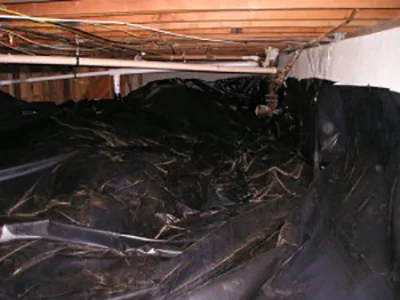The Role of Ventilation in Radon Mitigation

At Radon Systems LLC, we understand the importance of ensuring a safe and healthy indoor environment for you and your family. One crucial aspect of effective radon mitigation is proper ventilation. Let’s explore how ventilation plays a key role in reducing radon levels in your home.
What is Radon?
Radon is a naturally occurring radioactive gas that can seep into homes through cracks in foundations, walls, and floors. Prolonged exposure to elevated radon levels can pose serious health risks, including lung cancer. Therefore, effective mitigation is essential.
How Ventilation Helps
- Dilution of Radon Concentrations: Proper ventilation helps to dilute radon gas, reducing its concentration in indoor air. By introducing fresh air from outside, you can significantly lower radon levels in your home.
- Continuous Airflow: A well-ventilated home ensures continuous airflow, which is vital for minimizing stagnant areas where radon can accumulate. This is particularly important in basements and crawl spaces, where radon levels are typically higher.
- Passive vs. Active Ventilation Systems:
- Passive Ventilation: This method uses natural airflow to reduce radon levels. Strategies include opening windows and installing vents. While effective, it may not provide sufficient radon reduction in all climates or during all seasons.
- Active Ventilation: This approach employs fans and mechanical systems to enhance airflow and draw radon out of the home. Active systems are often more effective for sustained radon reduction, especially in tightly sealed homes.
- Complementing Other Mitigation Techniques: Ventilation works best when used in conjunction with other radon mitigation methods, such as sub-slab depressurization systems. Together, these strategies can create a comprehensive approach to reducing radon levels.
Best Practices for Ventilation in Radon Mitigation
- Regular Maintenance: Ensure that your ventilation systems are regularly maintained and functioning properly. Clogged vents or broken fans can compromise radon reduction efforts.
- Monitor Radon Levels: After implementing ventilation solutions, it’s essential to test your home periodically to ensure radon levels remain low.
- Consult Professionals: If you’re unsure about the best ventilation strategy for your home, consult with radon mitigation experts like Radon Systems LLC. We can assess your situation and recommend tailored solutions.
Take Action Today
Don’t leave your family’s health to chance. Proper ventilation is a vital component of effective radon mitigation. If you have concerns about radon in your home, contact Radon Systems LLC for a thorough assessment and professional solutions. Together, we can create a safer living environment for you and your loved ones!






